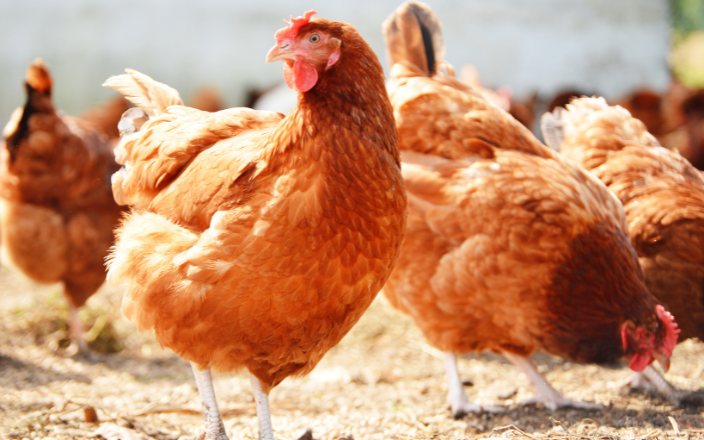In recent years, the demand for healthier and more sustainable food products has been on the rise globally, and Mexico is no exception. Among the various alternatives emerging in the market, antibiotic-free chicken and eggs have gained significant attention. These products not only promise better health benefits but also align with environmental sustainability and animal welfare standards. This article explores the growing trend of antibiotic-free poultry in Mexico, its benefits, and its impact on the market.
The rise of antibiotic-free poultry
The conventional poultry industry has long relied on antibiotics to promote growth and prevent disease in chickens. However, the overuse of antibiotics in animal farming has raised concerns about antibiotic resistance, which poses a significant threat to public health. In response to these concerns, consumers are increasingly seeking out antibiotic-free options.
In Mexico, brands like Gallinita Libre have pioneered the production of antibiotic-free chicken and eggs. These products are not only free from antibiotics but are also often organic and raised in free-range environments. This means that the chickens are allowed to roam freely, which contributes to their overall health and well-being.
Health benefits
- One of the primary reasons consumers are turning to antibiotic-free chicken and eggs is the potential health benefits.
- Antibiotic-free poultry is perceived as a safer option because it reduces the risk of antibiotic-resistant bacteria entering the food chain.
- This is particularly important for individuals with weakened immune systems or those who are more susceptible to infections.
- Moreover, chickens raised without antibiotics are often fed a more natural diet, which can result in higher nutritional value in the meat and eggs.
- For instance, eggs from free-range chickens tend to have higher levels of omega-3 fatty acids, which are beneficial for heart health.
Environmental impact
- Conventional poultry farming practices can lead to significant environmental degradation due to the overuse of antibiotics and other chemicals. These substances can contaminate soil and water sources, leading to broader ecological harm.
- Antibiotic-free poultry farming, on the other hand, emphasizes sustainable practices. This includes using organic feed, maintaining cleaner living conditions for the chickens, and implementing waste management practices that minimize environmental impact.
- By reducing the reliance on antibiotics, these farms contribute to a healthier ecosystem.
Animal welfare
- Consumers are increasingly concerned about the conditions in which animals are raised.
- Free-range and organic farming practices ensure that chickens have access to outdoor spaces, where they can exhibit natural behaviors such as foraging and dust bathing.
- Certain brands are committed to high standards of animal welfare, as evidenced by certifications such as Certified Humane.
Market trends
- The market for antibiotic-free poultry in Mexico is growing rapidly.
- According to the Global Agricultural Information Network (GAIN), the production of antibiotic-free chicken in Mexico is expected to increase by 2% in 2024.
- This growth is driven by consumer demand for healthier and more sustainable food options.
In addition to whole chickens and eggs, the market is also seeing an increase in value-added products such as chicken sausages, nuggets, and patties. These products cater to the diverse preferences of Mexican consumers, offering convenient and healthy alternatives to conventional poultry products.
Challenges and future outlook
Despite the growing popularity of antibiotic-free poultry, there are challenges that producers must overcome. One of the main challenges is the higher cost of production. Raising chickens without antibiotics requires more stringent management practices and higher-quality feed, which can increase costs. However, many consumers are willing to pay a premium for these products due to their perceived health and environmental benefits.
Looking ahead, the future of antibiotic-free poultry in Mexico appears promising. As consumer awareness continues to grow, more producers are likely to adopt antibiotic-free practices. Additionally, advancements in farming technology and practices will help to reduce costs and improve the efficiency of antibiotic-free poultry production.
Conclusion
Antibiotic-free chicken and eggs represent a healthy and sustainable alternative in the Mexican poultry market. With benefits ranging from improved health and nutrition to environmental sustainability and animal welfare, these products are well-positioned to meet the evolving demands of consumers. As the market continues to grow, it will be essential for producers to maintain high standards and continue to innovate in order to provide the best possible products to consumers.
Sources: Available upon request.

